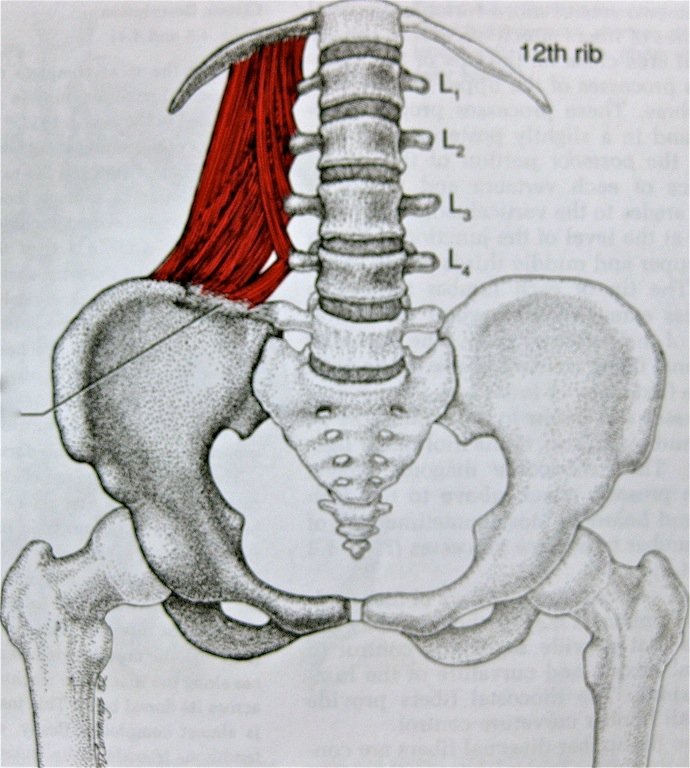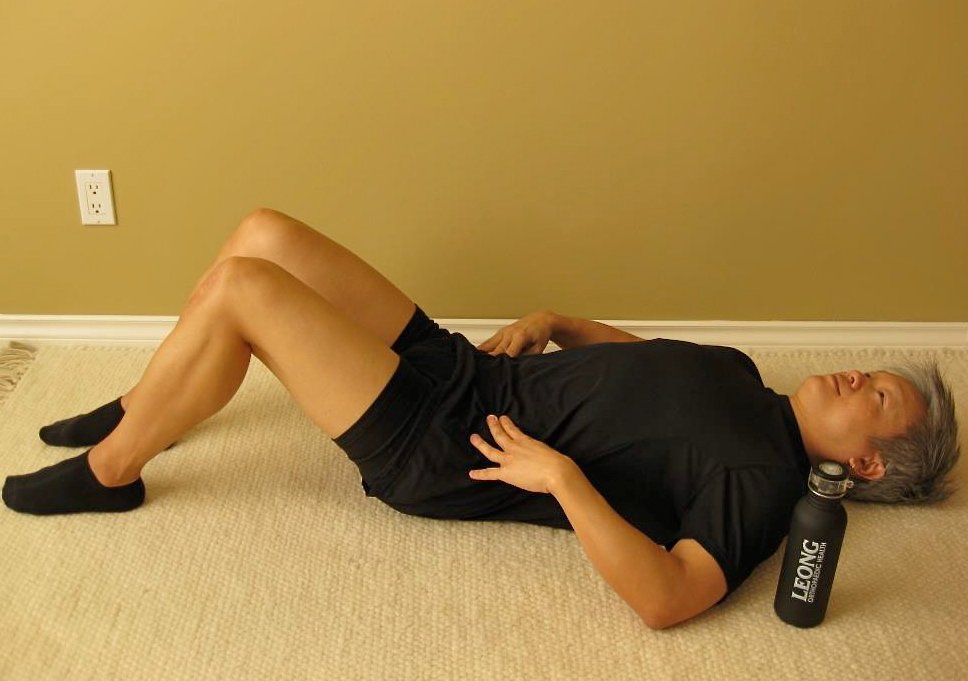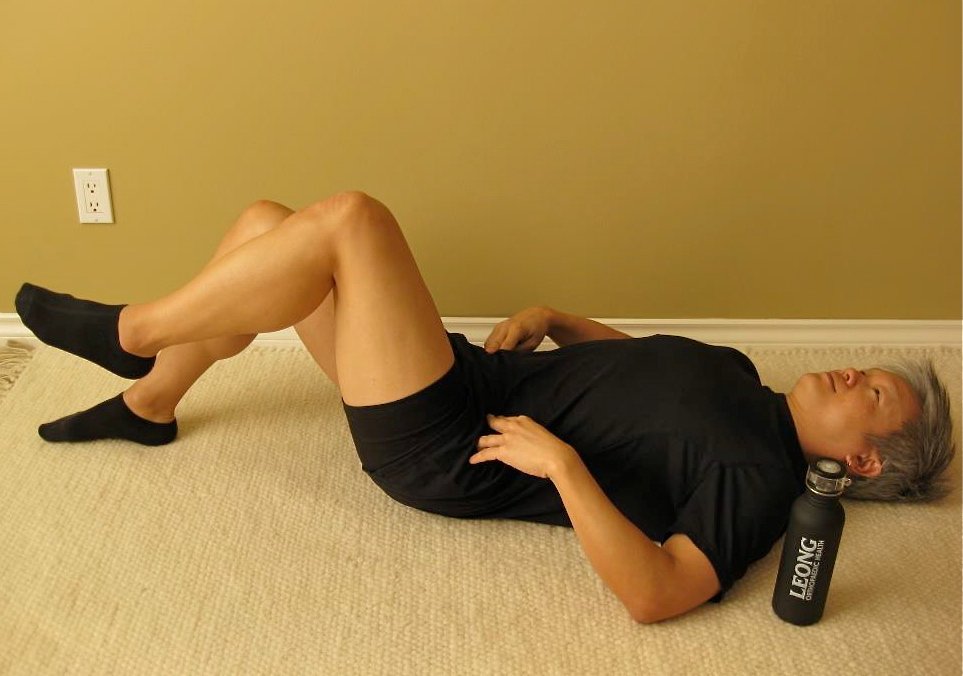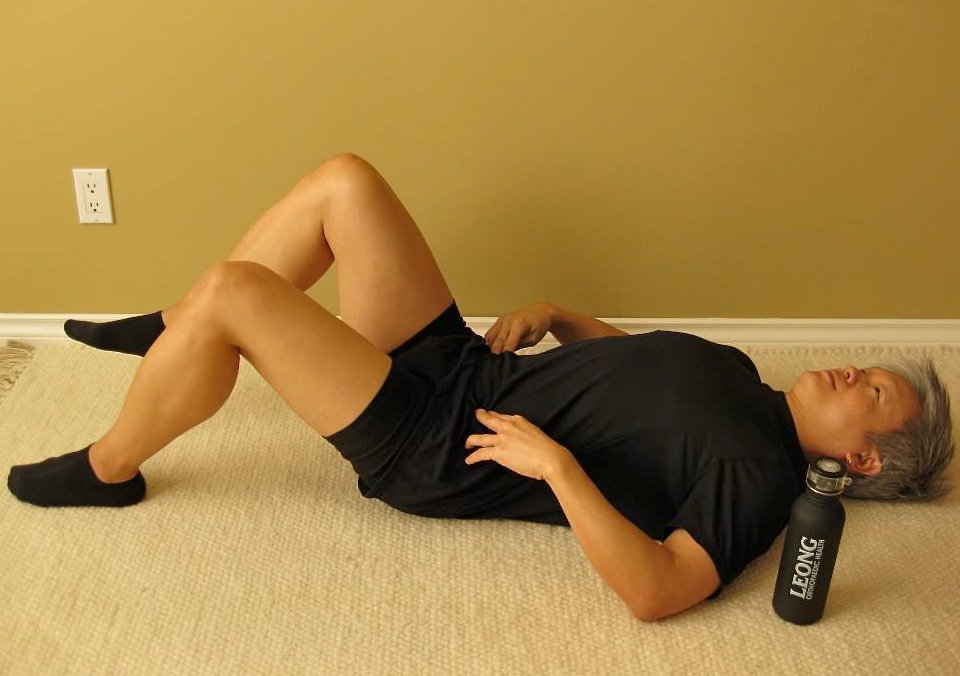Suffering From Lower-back Pain?
According to the National Institute of Neurological Disorders and Stroke, 80% of adults will at some point in their lives suffer from lower-back pain.
That pain can be experienced anywhere from a chronic dull throbbing ache, to a sharp “take your breath away” stab in the lower back. Either way, lower-back pain can render you incapacitated.
For most, that pain means the muscles of the lower back are spasming. So, in order to feel better:
- Rest
- Apply heat (heating pad or hot bath)
- Massage therapy
- Stretch gently
- Wait
Eventually, your lower-back muscles will release.
Unfortunately, the underlying cause still exists. Therefore, almost certainly your lower-back pain will return. Every time your lower back spasms, a little more damage (possibly permanent) will occur.
What Damage Can a Lower-back Muscle Spasm Do?
- When muscles are tight for extended periods, circulation can be disrupted, causing muscle tissue to die. Dead muscle is replaced with scar tissue. Inelastic scar tissue further hampers movement.
- Lower-back muscles are attached to the vertebrae. When muscles tighten (spasm), the discs in between get squeezed and can suffer damage. Eventually, the discs can herniate and press onto the nerves. Ouch!
- Bone spurs can develop on the vertebrae and can press onto the nerves. Ouch!
Wouldn’t it be better to deal with the underlying cause as soon as possible?
What if your lower-back pain isn’t really about your lower back? What if there’s an underlying cause elsewhere in your body and your lower-back spasm is simply a consequence? Wouldn’t you like to eliminate the underlying cause so that your lower-back pain is banished forever?
Four Common Underlying Causes of Lower-back Pain
This article is about tight hip flexors causing lower-back pain. There are three other common causes covered in the three following articles:
We’ve chosen these four problems because clinically, it’s what we see most often. These four simple fixes have brought the most success to our patients with lower-back pain.
Weak Core Muscles Cause Lower Back Pain
Lower back and core muscles are like best friends working together to lift something heavy.
When strengthening the core, most folks think, “sit-ups”.
Incorrect!
Your core muscles are deeper and unfortunately, more difficult to access. So, in order to strengthen your core, first you need to find it.
Introduce Yourself to Your Core
- Find a comfortable spot on the carpet and lie on your back.
- Bend your knees while keeping your feet flat on the floor.
- Place your index fingers on those “pointy bones” on either side of the front of your pelvis.
- In your mind’s eye, sense the area of your abdomen between your fingers and below your belly button.
- Slowly and deliberately pull this area in. Think of these abdominal muscles sinking toward the floor and forming a hammock slung between your two “pointy bones”.
- Ensure the area above your belly button remains relaxed so that you can breathe.
Hold your abdomen in this position. This is you with an activated core. Now let’s strengthen it.
Core Strengthening: First Progression
- Bend your knees with your feet flat on the floor.
- Allow one knee to slowly fall sideways while your other leg remains upright and stable.
- Alternate. One leg, then the other. Keep going.
- Keeping your fingertips on your “pointy bones”, sense how much your pelvis is rocking.
- Now with your core engaged, hold your pelvis completely still while your legs alternate.
- By keeping your pelvis stable while moving your legs, you are strengthening your core.
Core Strengthening: Second Progression
- This exercise is identical to the first except this time, you lift one heel off the floor alternately.
- Keeping your fingertips on your “pointy bones”, sense how much your pelvis is moving.
- Now with your core engaged, hold your pelvis still while your legs alternate.
- By keeping your pelvis stable while moving your legs, you are strengthening your core.
No body is the same as another. Bone structure differs, requiring muscles, tendons, and ligaments to be different lengths and attach at varying angles. To gain the most success, pay close attention to how each exercise feels.
– LEONG Orthopaedic Health
personal training
by appointment only. Please email:
LeongOrthopaedicHealth@gmail.com
If you like this article, please share it!
All rights reserved; no part of this publication may be reproduced or transmitted by any means, electronic, mechanical, photocopying or otherwise, without prior permission. Copyright 2015






